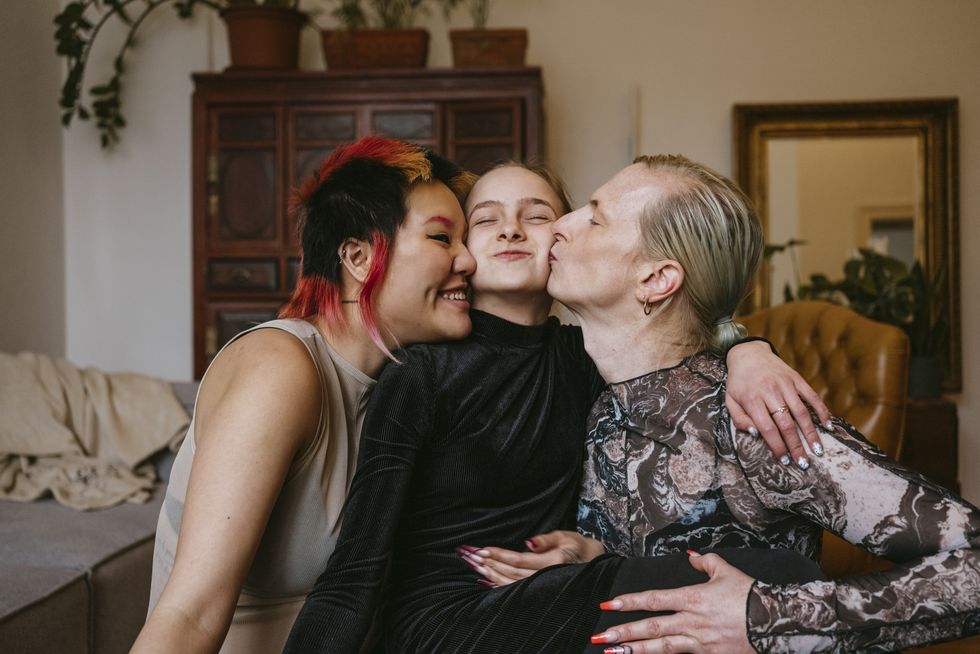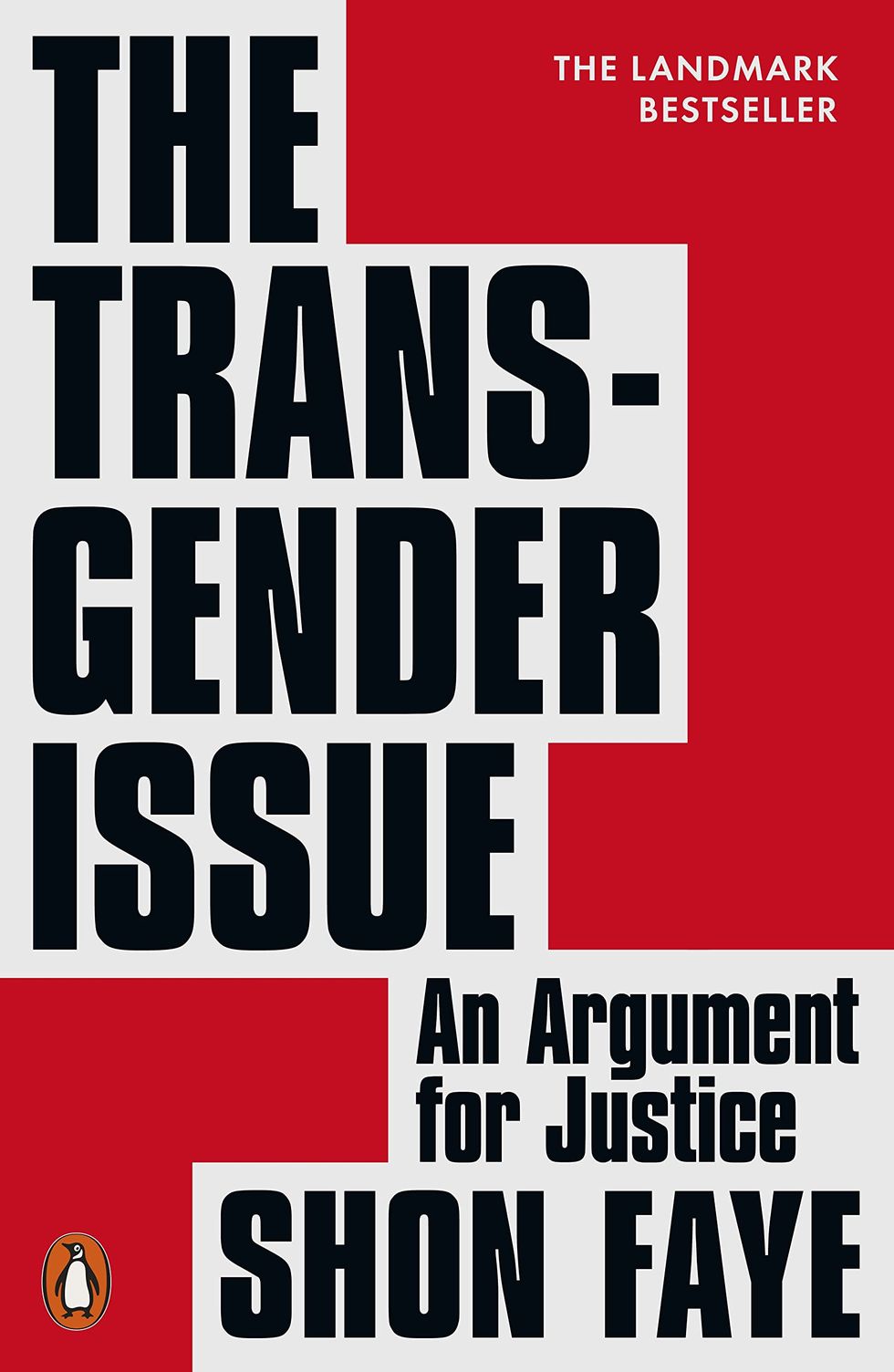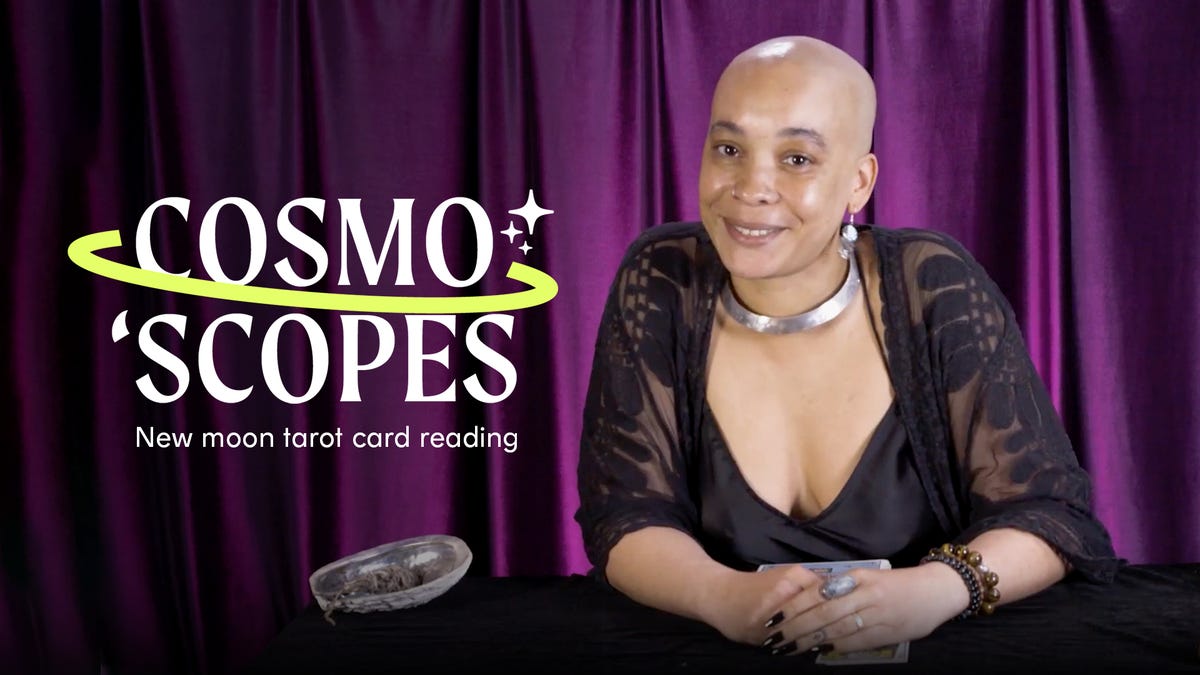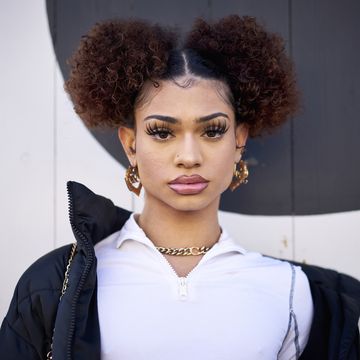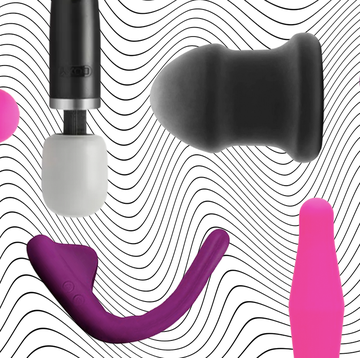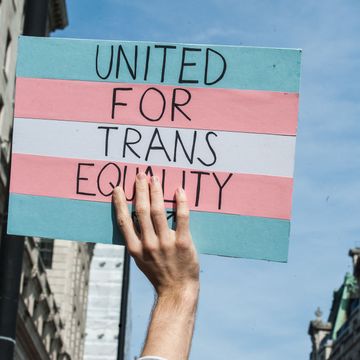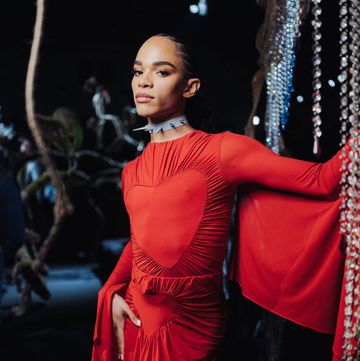You don’t have to define your gender identity if you’re happier without labels, but there are about a zillion ways to do so if you choose. Sometimes, choosing a gender identity term that perfectly describes you can be liberating. Today, there are more than 50 ways to describe your gender on Facebook alone. And although some gender identities are hyper-specific to suit different needs and characteristics, others are more all-encompassing if more than one feels like a fit, like pangender.
So what does pangender actually mean? “Pangender is an illustrative word acknowledging someone who experiences multiple gender identities,” explains psychotherapist and certified sex and couples therapist Lee Phillips. This ultra-fluid gender identity can change day-to-day or even moment-by-moment. In fact, “pangender people may identify with other labels such as male, female, transgender, or non-binary," says Phillips.
Rae McDaniel, a certified sex therapist and the founder of Practical Audacity Gender and Sex Therapy, says someone who's pangender might identify as a multitude of genders all at once, or they might identify more with certain genders at certain times. Basically, it’s about creating more gender freedom for yourself without limits. After all, a person reserves the right to change their mind about anything on a daily basis, and that should include gender identity as well.
The term pangender was adopted by the Oxford English Dictionary in June 2022, along with terms like TERF (the acronym for “trans-exclusionary radical feminist”) and multisexual, meaning it’s officially worked its way into the mainstream vernacular. Still, confusion about what it really means to be pangender—and how to express your own pangender identity—persists.
The Biggest Difference Between Pangender, Pansexual, and Agender
First thing's first: Even though they both contain the prefix “pan,” pansexual and pangender are on two completely different spectrums. Pansexual is used to describe someone’s sexual orientation, while pangender is used to describe someone’s gender identity.
If you need a quick refresher: Sexual orientation is who you are (or aren’t) sexually and romantically attracted to. Some examples of a sexual orientation would include heterosexual, homosexual, bisexual, asexual, and more.
On the other hand, gender identity is how you define your inner sense of self. It’s a social construct you get to decide based on what you know to be true for yourself. Some examples include female, male, transgender, non-binary, etc.
Pangender folks can be attracted to anyone regardless of their sexuality or gender identity, because their gender has nothing to do with their sexuality, relationship specialist Tarra Bates-Duford, PhD, previously told Cosmopolitan. Someone who is pangender can also be pansexual, but they don’t go hand-in-hand exclusively.
Along the same line as pangender is the term agender, and they are often confused for each another. However, agender is the complete opposite of pangender—meaning that someone who identifies as agender does not identify as having any particular gender. Someone who is agender will reject the concept of a binary, aka that only two gender identities exist.
What Identifying as Pangender Can Look Like
Like with any gender or sexuality, you can’t identify a pangender person just from their physical appearance.
“How you express your gender identity is a personal choice,” McDaniel notes. Some pangender people express their identity outwardly by incorporating both traditionally masculine and feminine elements into their style. Others embrace a pangender approach to language, asking the people in their lives to refer to them using different pronouns or words typically associated with men or women interchangeably or on a certain day.
With anyone that you’re meeting for the first time, it’s appropriate to ask their pronouns as a sign of respect and inclusivity. If someone identifies themself as being comfortable with any pronouns, it might be a sign that they identify as pangender, but not necessarily.
How to Know If You Might Be Pangender
One sign that you may be pangender is that your “gender identity fluctuates or does not fit into one permanent category,” explains Dr. Phillips. “You're not fully identifying as a male, female, trans, or non-binary. You may also feel that you cannot experience each gender equally and in the same way. For example, you may feel feminine; the next day, you may feel more masculine, and then you go out that evening feeling both masculine and feminine.”
Katie Lasson, a sexologist for Peaches and Scream, identifies some potential signs that can help you determine whether or not you’re pangender as:
- You identify with numerous diverse genders. This could include every single gender identity in the spectrum, even the unknown ones. There is really no limit to the genders you identify with.
- You feel both cis- and transgender. That is, if you identify both with the gender you were assigned at birth and with another gender that you were not assigned at birth.
- You feel comfortable being labeled all over the gender identity spectrum, because it’s not black and white for you.
How to Support Friends or Partners Who Identify as Pangender
Aside from just listening—which is always important—one of the best ways to be supportive during the coming out process is to ask for and use someone’s correct name and pronouns, “which are always the ones they tell you,” McDaniel says. This signals that you’re not only accepting of this person’s identity, but that you’re also invested in their well-being on a day-to-day basis.
Of course, you won’t get everyone’s pronouns right all the time. Lots of pangender folks have a fluid relationship with their pronouns, meaning they’re purposefully inconsistent. For example, some pangender people might use pronouns such as “they/she,” McDaniel explains.
“If you see this, it means that someone would like you to rotate between using ‘they’ and ‘she’ to refer to them, not that you can just choose one,” they say.
If you’re unsure about the most respectful way to refer to your pangender friend or partner, ask them.
Dr. Phillips points out that it can be helpful to understand some common misconceptions about the pangender identity in order to be a supportive ally as well. “The most common misconception is that [the pangender identity] does not exist because people believe you should only identify as male or female,” Dr. Phillips explains. “[Some] people also think the person is trying to gain attention from others, and this is not necessarily true.”
“You might not completely ‘get’ a pangender identity, but you don’t have to understand a certain gender identity to respect it,” McDaniel says. “Practice accepting that someone’s identity and way of expressing their identity are their own even if you struggle to find a box to put that person in. There is no box. That’s the point.”
How to Celebrate Your Pangender Identity
Like other folks who identify with different sexualities and gender identities, pangender people have their own flag to wave at Pride (and year-round, tbh). It consists of eight stripes, with three colors repeating twice. According to Pangender.net, the colors are very bright so that they represent the multiplicity of genders.
Those who are pangender also have a Pride Day exclusive for them that they celebrate on June 19.
McDaniel emphasizes that the best thing about being pangender is exactly what makes it so difficult for some people to grasp: It’s outside the realm of categorization.
Like your gender, “some of the most beautiful things in life are the things that maintain a bit of mystery,” they say.

